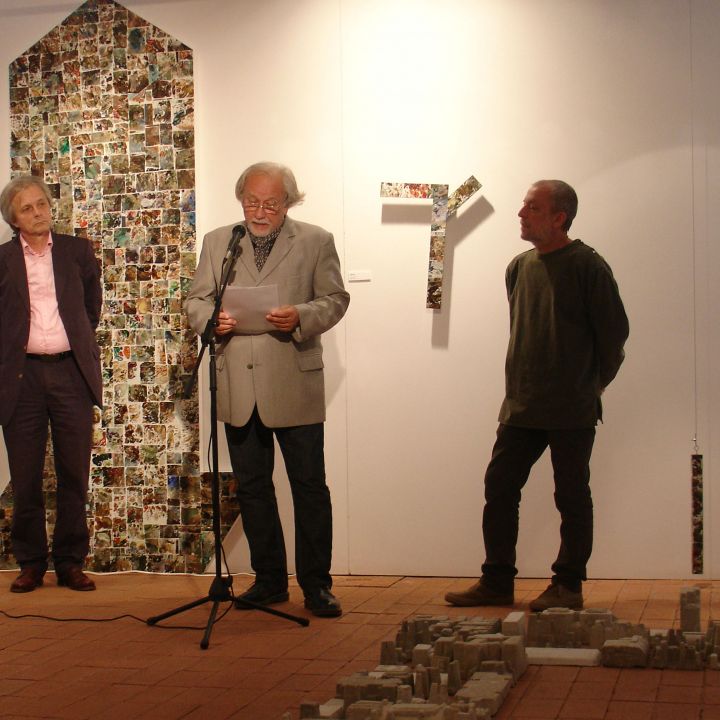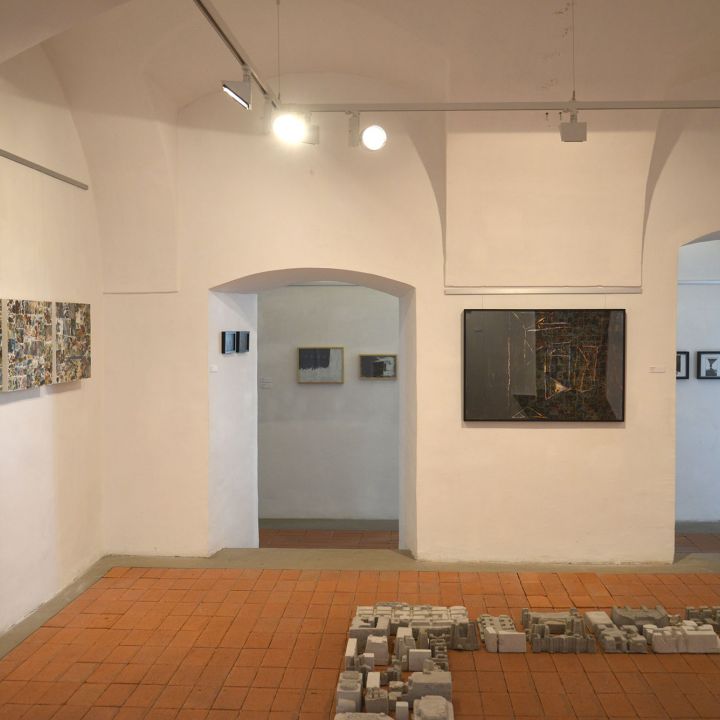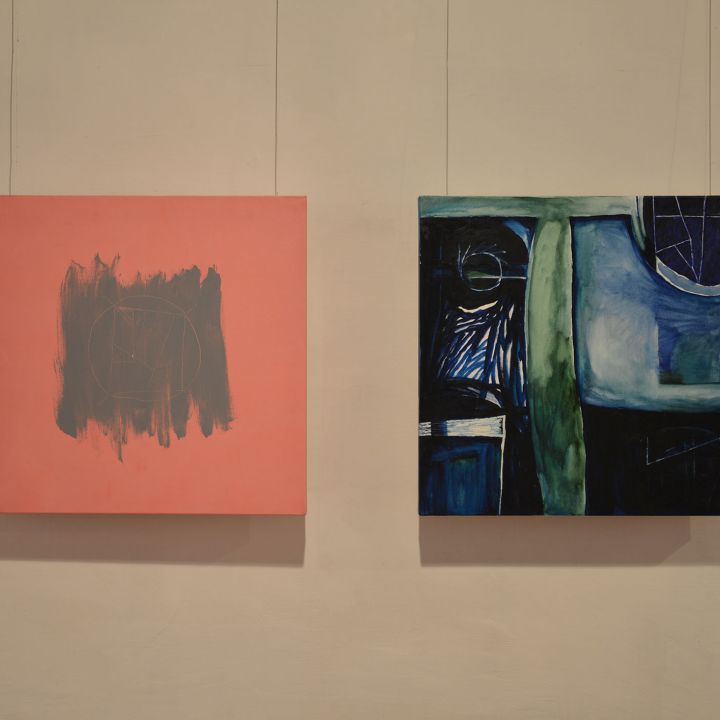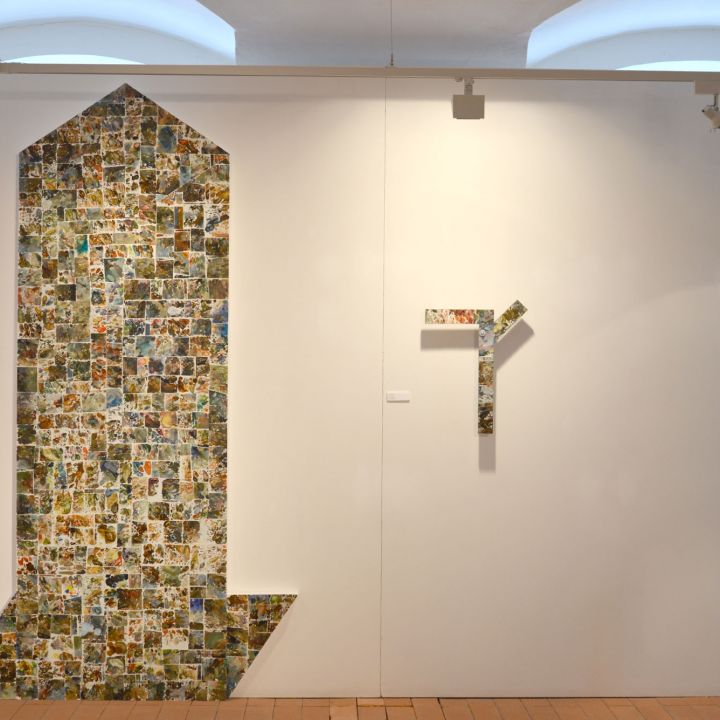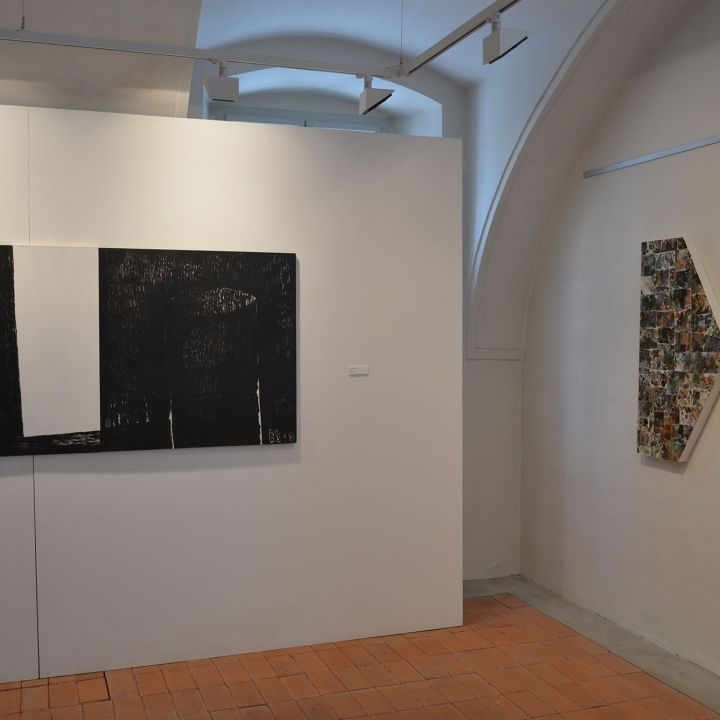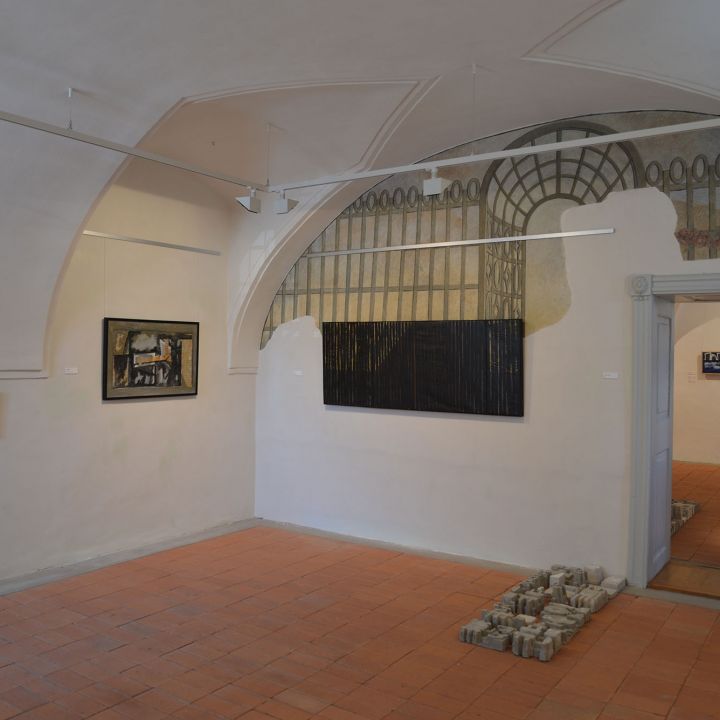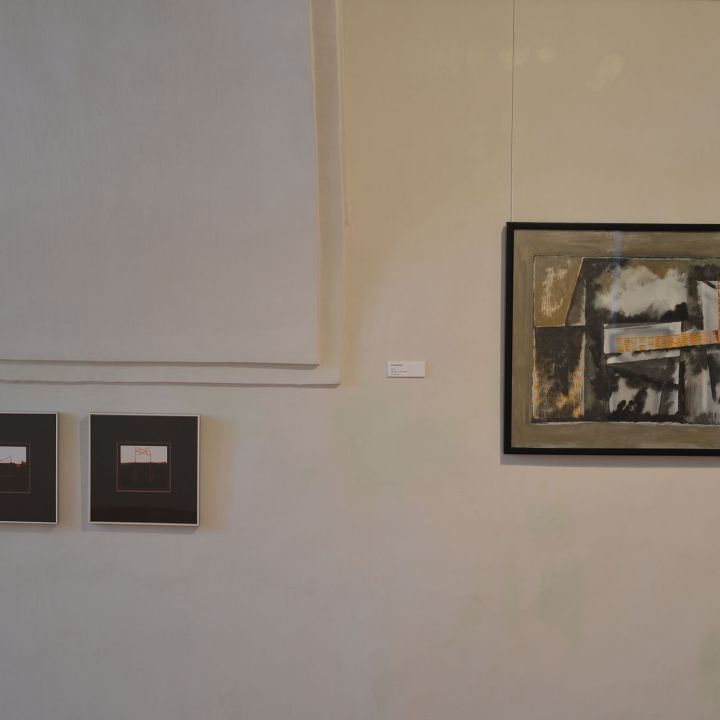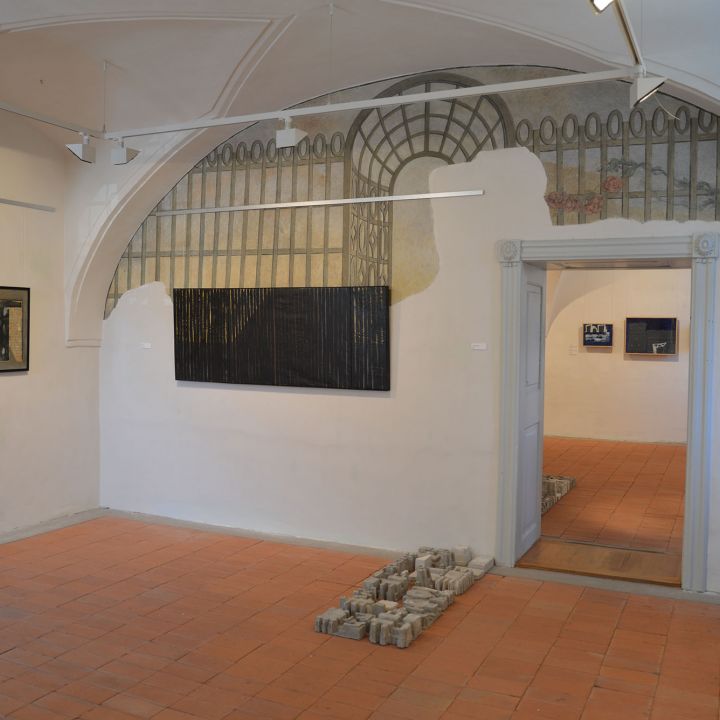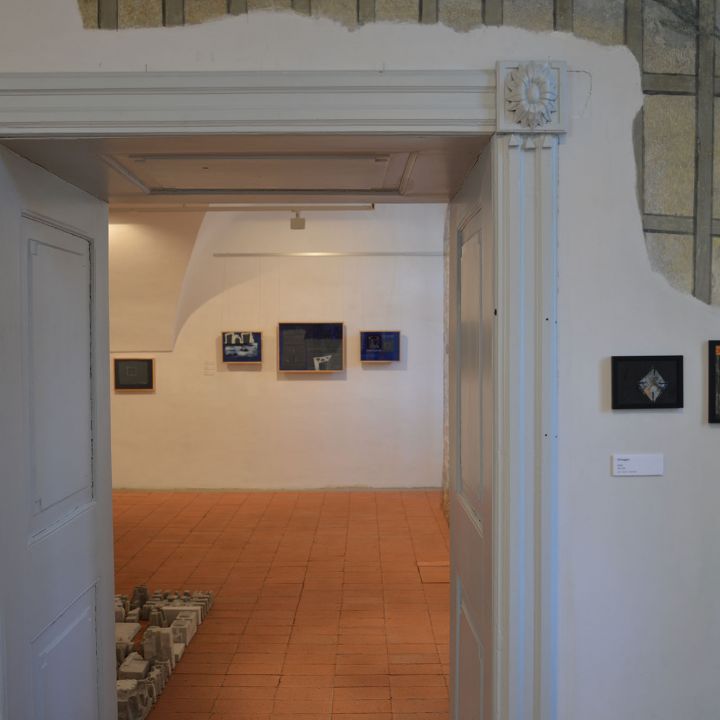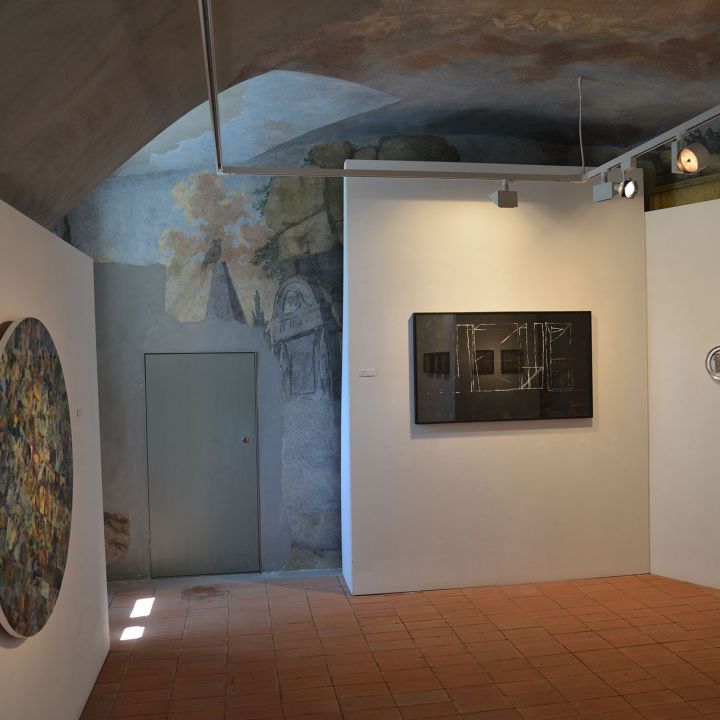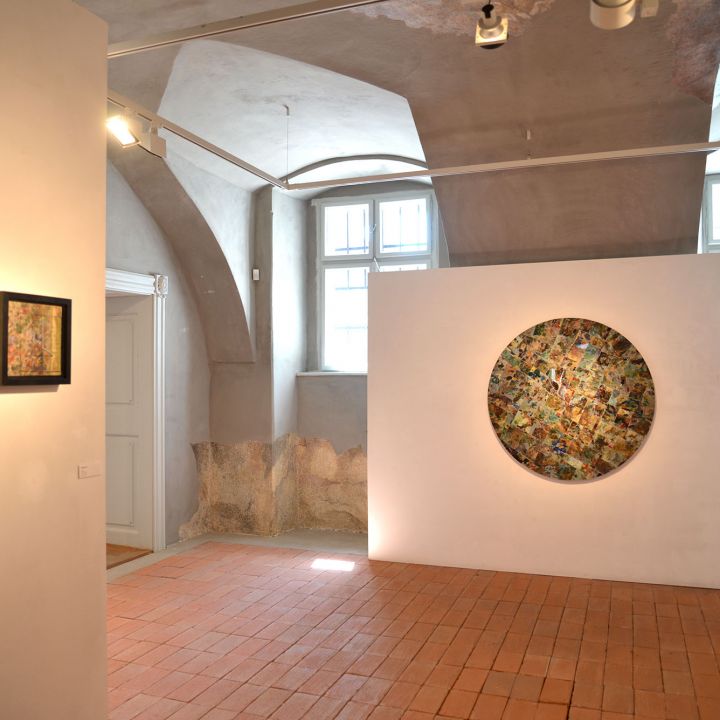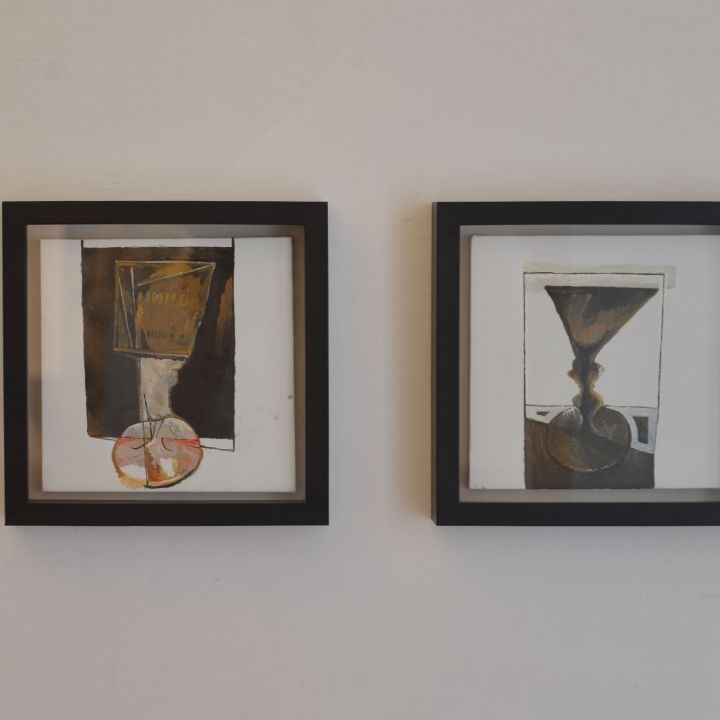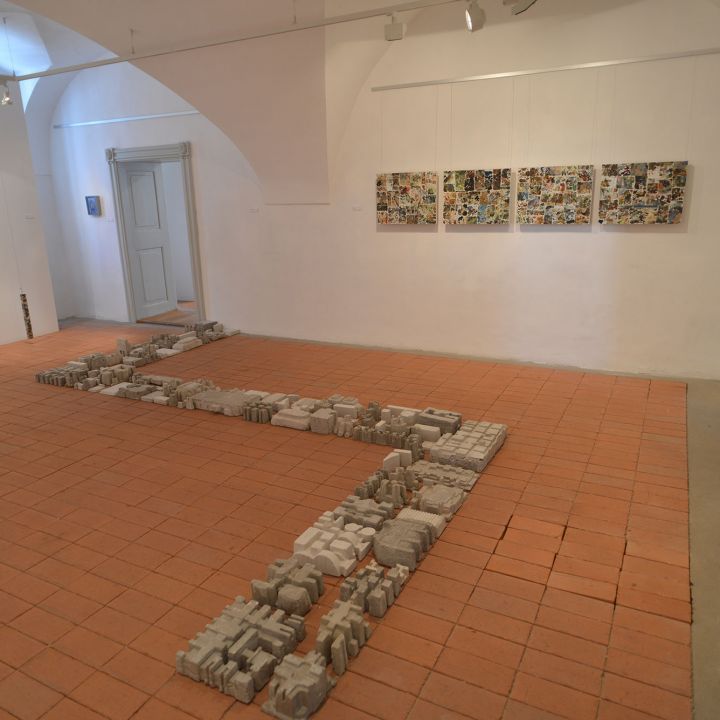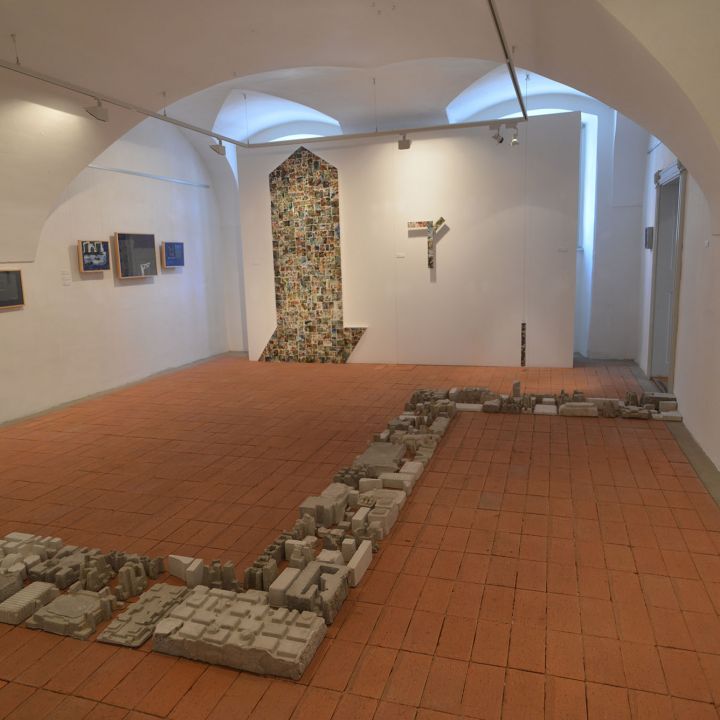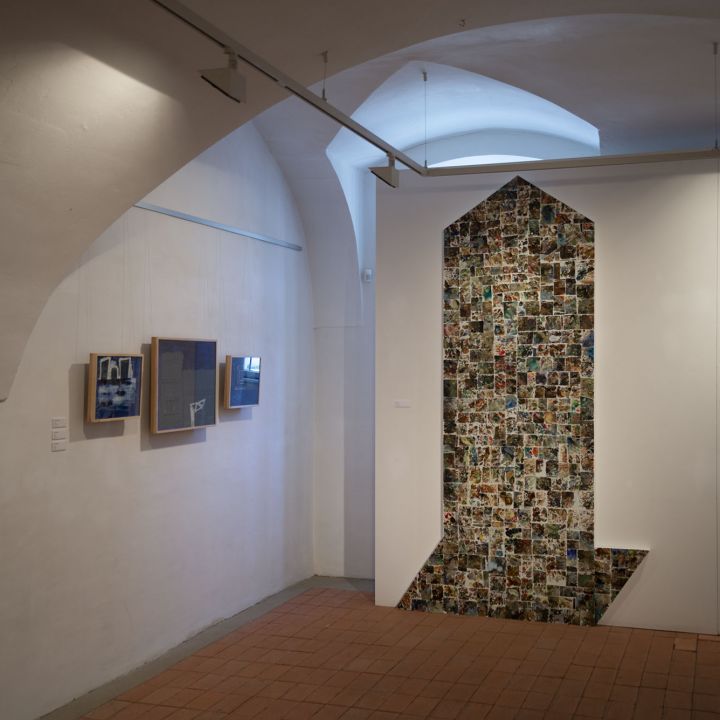Csaba Balogh is the idealist who believes that art is not just a coat thrown over us. Contrary to the "loose", post-industrial overthinking of the art philosophies of our time, he professes and considers himself to follow a positive, "modernist" approach to art.
Wisely avoiding the dead ends of effort, he places the need for completeness as the yardstick for his creations within a narrow framework. In a post-historical existence cut up into flavours he strives to make universal statements in a world of quotations and partial truths. (Even if, as you yourself admit, we really don't have much idea of the Whole.) Even if, in many cases, we are really only supplied with the 'deep-fozen clichés' of pop culture. Yet his aim is to take the pathology he presents as far as possible beyond the fragmentary nature of our times. Instead of - or rather beyond - a sincere interpretation of joyful 'tuning' and trendy 'softlines', his art is nourished by details and their rearrangement. His works, which are set in metanarrative contexts, if you like, across the flow charts of cause and effect reveal a picture of a universal world.
The universe of images - from antique paintings to modern classics and his own works - is used as raw material for the repainting. However, the found details, the texture of the repainting and the subjective revealing of the circulation of the artworks would in itself provide little ammunition for the artist. To move and blend the old and the new material, an 'outsider', if you like, seeks an objective point of view. Chirico, Morandi, and Barcsay's art from the semi-history of Hungarian art have helped to find this point of view.
Like the above artists, Balogh developed his own style through a kind of essentialist vision of the essence of painting. His art is not necessarily dominated by an individual vision, but rather by an attitude of calm contemplation, a kind of quiet, contemplative attitude that allows both the object and the medium to assert themselves. At the heart of his method of image-making, whether intellectual or material, is an attitude of allowing the material to flow. This attitude, the thematisation of the artistic 'material' is, as in the case of Morandi or Barcsay, also in his case primarily through formal categories. These include the problems of space, form and colour. It is with these fundamental artistic questions that he seeks to bring together the essential unity of the various styles and art historical phenomena of the period and of his own painting.
The theories and techniques of colour mixing and composition, which change from one period to the next are thematised in his art, especially in his glass palettes. These palettes were not only the most important props in the Tuning exhibition, but also serve as the raw material for several of his objects. His works 12+1, (2011), Face to Face (2013), 0.1 Fibonacci, (2013), GEO (2013) and Spirit (2014) are works in which the palettes are not made in space as part of an installation, but on a traditional two-dimensional substrate. The transparency of the glass means that the "inner light" of the colours dominates these works, which are mosaic-like, often geometric spatial forms. The mixed or unmixed patches of colour that are unleashed directly refer to and engage the perception of the restored works of art that bring the palettes to life. It is as if we are confronted with a sample set assembled with encyclopaedic ambition, where the dominant colour spectrums of works from the modern period to the mid-20th century are mixed together in a common 'focal point'. These works, made from props of colour mixing, mark a kind of claim to universality. The choice of the theme of the 12+1 biblical or the 0.1 Fibonacci is no coincidence. As with the invitations in a glass or the circles of the Polish Institute they provide essential imprints of cultural-historical allusion - visual imprints of the cyclical circulation of material culture and artworks.
The problem of form and through it the problem of material also appears in his works in the relational system of recycled material. The formal solutions in his paintings can be interpreted not only in terms of art history and cultural history, but also as a trace of the spirit that reinterprets objects. By extension, the work of art - like an object carries signs - is associated with meaning and then slowly erodes in both physical and spiritual terms to be given meaning again at a later date by something unforeseen. This cycle foreshadows both the possibility and the historical necessity of the reuse of artefacts and utilitarian objects. A kind of "eco-fundamentalist" thinking is outlined in his work, which is not without its environmental and geopolitical aspects, which are becoming increasingly acute and slowly becoming a social problem today. It is no coincidence that in his most recent work he is no longer content to take up a position within the 'closed' system of art and cultural history. In a break with previous practice, he no longer "works" with classical artworks and aspects of cultural history in his so-called aura sculptures. Somewhat pushing the boundaries of artistic problematisation he draws inspiration from the object fetishism of consumer society to create his sculptures.

